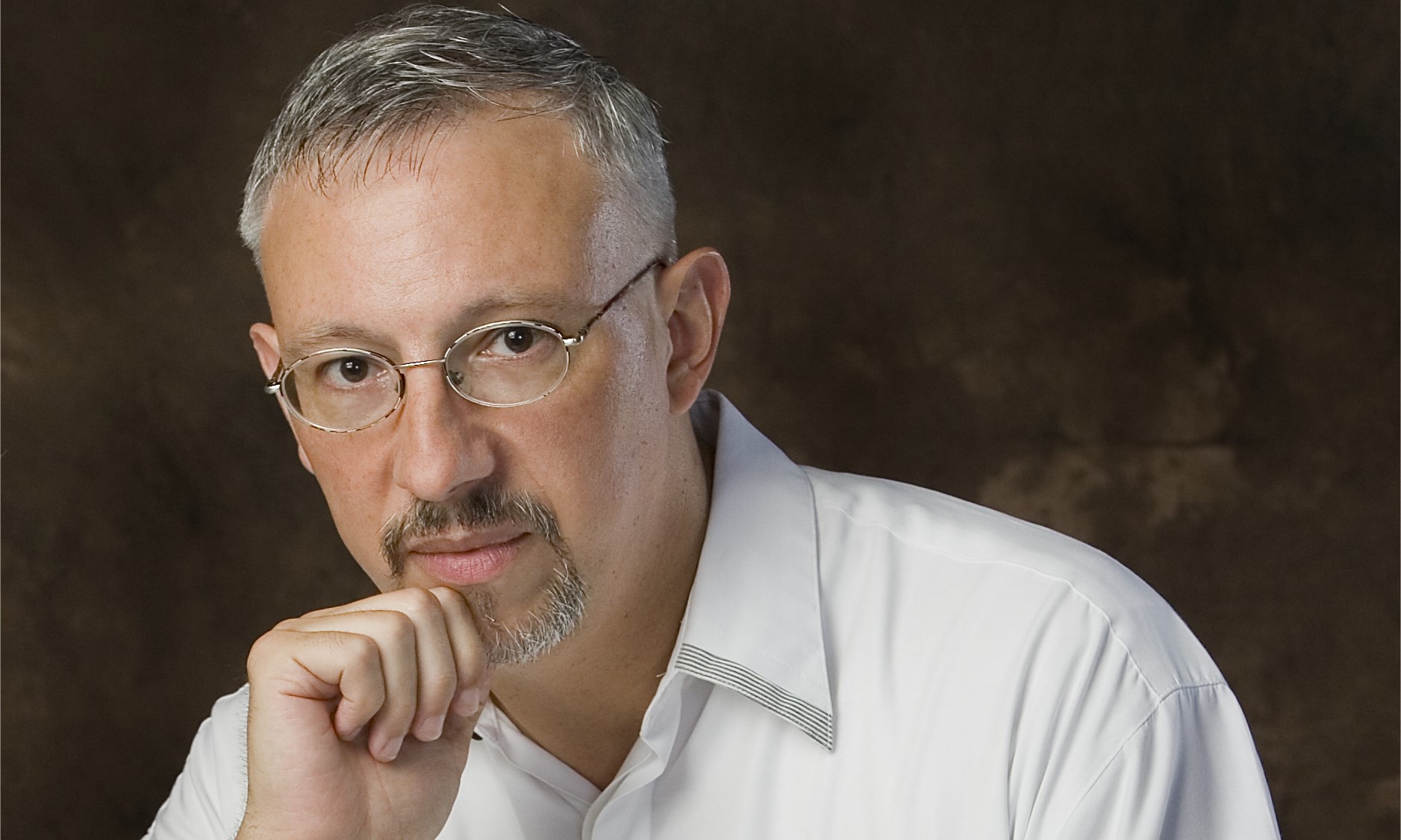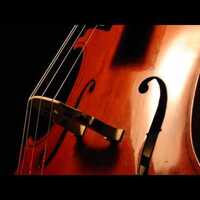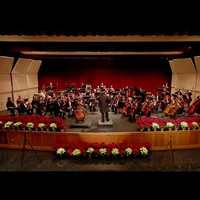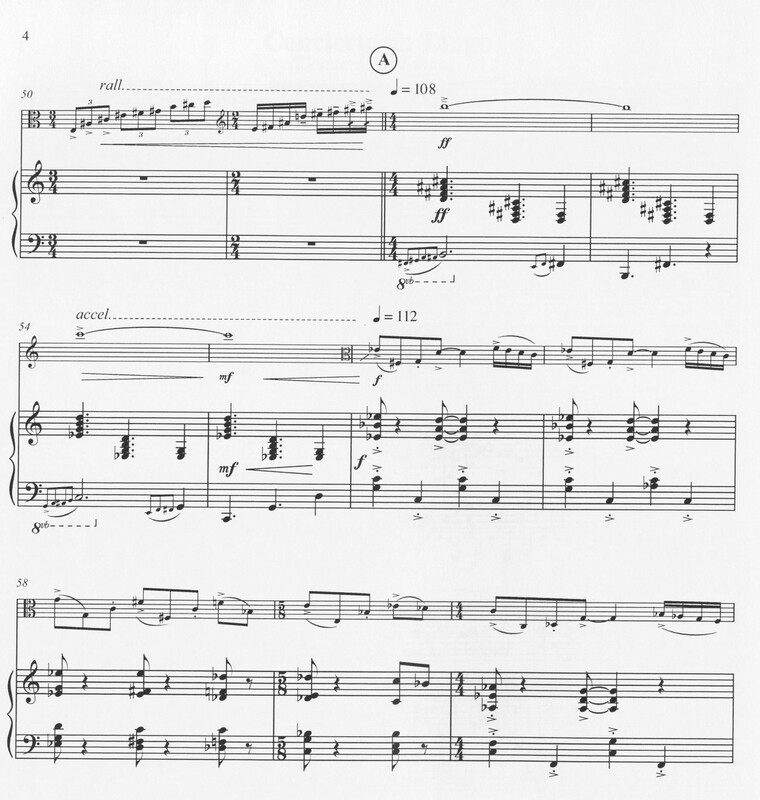Concierto en Tango for Viola and Piano
Item
-
Score title
-
Concierto en Tango for Viola and Piano
-
Composer
-
Miguel del Águila
-
Program note
-
In 2012 Roman Mekinulov suggested that I write a concerto in tango form that would explore the less classical sound and technique of the cello. I liked this idea, as the cello has the intensity and expressivity of a tango singer and is an excellent medium for such a work. I later decided to arrange the work for viola and orchestra, as well.
While most people associate Tango with the 1920’s Valentino films or the Tango Nuevo of Piazzola, to many of us who grew up in Montevideo or Buenos Aires in the 50’s and 60’s, Tango has a very different connotation. It is associated with childhood memories of happy and prosperous times and with happy family gatherings where we as children often just enjoyed watching everyone dance. In that context, Tango carries a special nostalgia from that time and place in a society that no longer exists. Those were the times before the economic collapse of the 70’s and the horrors of the "Guerra Sucia" of the military dictatorships that followed. The imagery of these events is portrayed within the music of Concierto en Tango.
Rather than limiting myself to this style, I also included idioms from earlier Tango styles, including the 19th century Spanish Tango-Habanera, the Brazilian Tango/Maxixe, and the early Milongas of the late 19th and early 20th centuries, in which the African influence was still evident in its syncopations and fast beat. However, Concierto en Tango has a rhythmic complexity beyond any of these dances, and it represents my abstraction of those rhythms as they fuse with my own personal style.
The harmonic language is conservative. It relies mainly on major/minor modes and 7th or 9th chordal harmonies, as they are used in Tango. I deliberately tried to avoid a "classical" sound and especially the overly intense romantic style of many cello concertos, which combined with the melodrama of tango would have resulted in a very dark work. Several humorous and light hearted passages add a joyful side to the tango genre which is traditionally deprived of such positive emotions.
The overall form is ABA: fast-slow-fast. The middle, slow section features the innate cantabile and expressive qualities of the viola while the outer fast sections require an utmost rhythmic precision, bow control and accuracy of intonation in the highest registers of the instrument. Some of these fast sections challenge the performer with constant time signature shifts. (At times we can find almost one hundred consecutive bars where each one has a different and irregular time signature). The most used meters are 7/16 + 9/16 + 11/16 + 5/16. Concierto en Tango was written to honor the memory of my brother, Nelson del Aguila (1964-2012).
—Miguel del Aguila
 Miguel del Águila
Miguel del Águila
 Concierto en Tango for Cello and Piano
Concierto en Tango for Cello and Piano
 Concierto en Tango for String Quartet and Piano
Concierto en Tango for String Quartet and Piano

